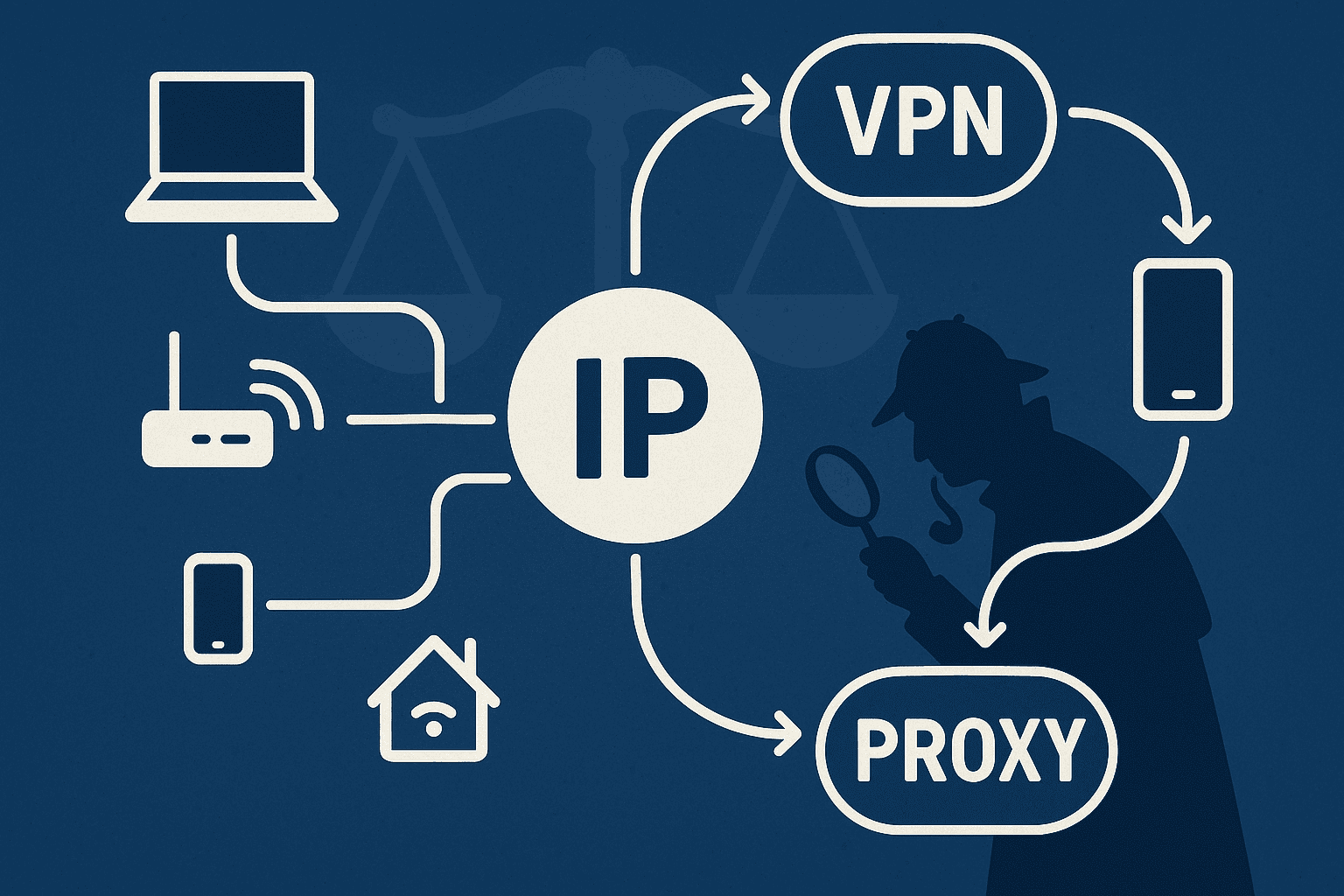The world of digital forensics can seem like an exclusive club reserved for high-profile cases and law firms with deep pockets. But the truth is, digital evidence is everywhere, and it's just as crucial for smaller firms handling everyday civil and criminal cases. From text messages to social media posts, emails to financial records, the information hidden within our devices can make or break a case.
So, how can smaller law firms leverage the power of digital forensics without breaking the bank? Let's dive into some cost-effective strategies.
Understanding the Costs of Digital Forensics
Before we explore the solutions, let's address the elephant in the room: cost. Digital forensics does involve an investment, but it's important to understand what goes into that price tag.
A typical digital forensics investigation involves several phases:
- Acquisition Securing and copying data from devices or storage media.
- Analysis Examining the data for relevant evidence using specialized software and techniques.
- Reporting Documenting findings in a clear, concise report that can be used in court.
Each case involves costs associated with software licensing, hardware, expert analysis time, and reporting. Factors like the volume of data, the complexity of the case, and the need for specialized expertise can further drive up costs. Each of these phases may not be necessary, especially when law enforcement has already acquired the evidence and provided it in discovery. A report is not always needed, either.
Strategies for Cost-Effective Digital Forensics
Here's the good news: there are several strategies to make digital forensics more affordable for smaller firms:
- Targeted Approach: Instead of a full-scale investigation, focus on specific devices or data sources most likely to contain relevant evidence. This narrows the scope and reduces the time and resources required.
- Phased Approach: Break down the investigation into manageable phases. Start with a preliminary assessment to determine the potential scope and cost, then proceed with analysis in stages. This allows for reassessment and budget adjustments along the way.
- Data Prioritization: Work closely with your forensic analyst to identify the key pieces of evidence needed to support your case. Prioritize the analysis of this data, which can potentially reduce the overall cost of the investigation.
- Negotiation and Collaboration: Don't be afraid to discuss your budget constraints openly with your forensic analyst. A good analyst will be willing to work with you to find creative solutions that fit your needs and budget.
Additional Tips for Cost Savings
- Early Case Assessment: Conducting a preliminary assessment early in the case can help determine the scope of the investigation and potential costs, allowing for better budgeting.
- Data Preservation: Ensure proper preservation of digital evidence from the outset. This can prevent spoliation, which can lead to costly sanctions and delays.
- In-House Expertise: Invest in basic digital forensics training for in-house staff to handle simple tasks like data collection and preservation, potentially reducing the need for external expertise in certain cases.
The Value Proposition of Digital Forensics
Remember, while digital forensics involves an upfront cost, it can be a valuable investment. The evidence uncovered can strengthen your case, expose inconsistencies in the opposing side's claims, or even lead to a faster settlement. In the long run, this can save your firm time and money.
Let Lucid Truth Technologies Help
At Lucid Truth Technologies, we understand the challenges faced by smaller firms. We offer a range of flexible and affordable digital forensics solutions tailored to your specific needs and budget. We can even help you build in-house capability. Contact us for a free consultation to discuss how we can help you uncover the truth hidden within the data.





